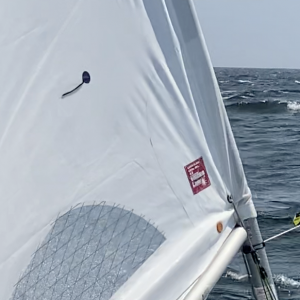Chatham Sailor
Member
I know this is a question that's come up periodically (i've read several archived posts) but thought it was worth asking more specifically:
I've been using an 8mm Robline dinghy XL for the last several years, and while I like the line itself, it has just started to seem too thick and heavy for most days. As an everyday sheet, is it worth trying a 6mm, or is that going to feel really thin? (Maybe 7 is the happy medium)?
I'm thinking I'll maybe get the Polilite just to do something different for comparison--unless there is there something totally different you'd recommend instead. (Just FYI I've used Bzzz before but it's not really my thing).
I've gone to numerous websites but it seems those are the three are regularly recommended. But all ears.
Many thanks for your advice!
I've been using an 8mm Robline dinghy XL for the last several years, and while I like the line itself, it has just started to seem too thick and heavy for most days. As an everyday sheet, is it worth trying a 6mm, or is that going to feel really thin? (Maybe 7 is the happy medium)?
I'm thinking I'll maybe get the Polilite just to do something different for comparison--unless there is there something totally different you'd recommend instead. (Just FYI I've used Bzzz before but it's not really my thing).
I've gone to numerous websites but it seems those are the three are regularly recommended. But all ears.
Many thanks for your advice!

 )? What would that make its total range of motion?
)? What would that make its total range of motion?